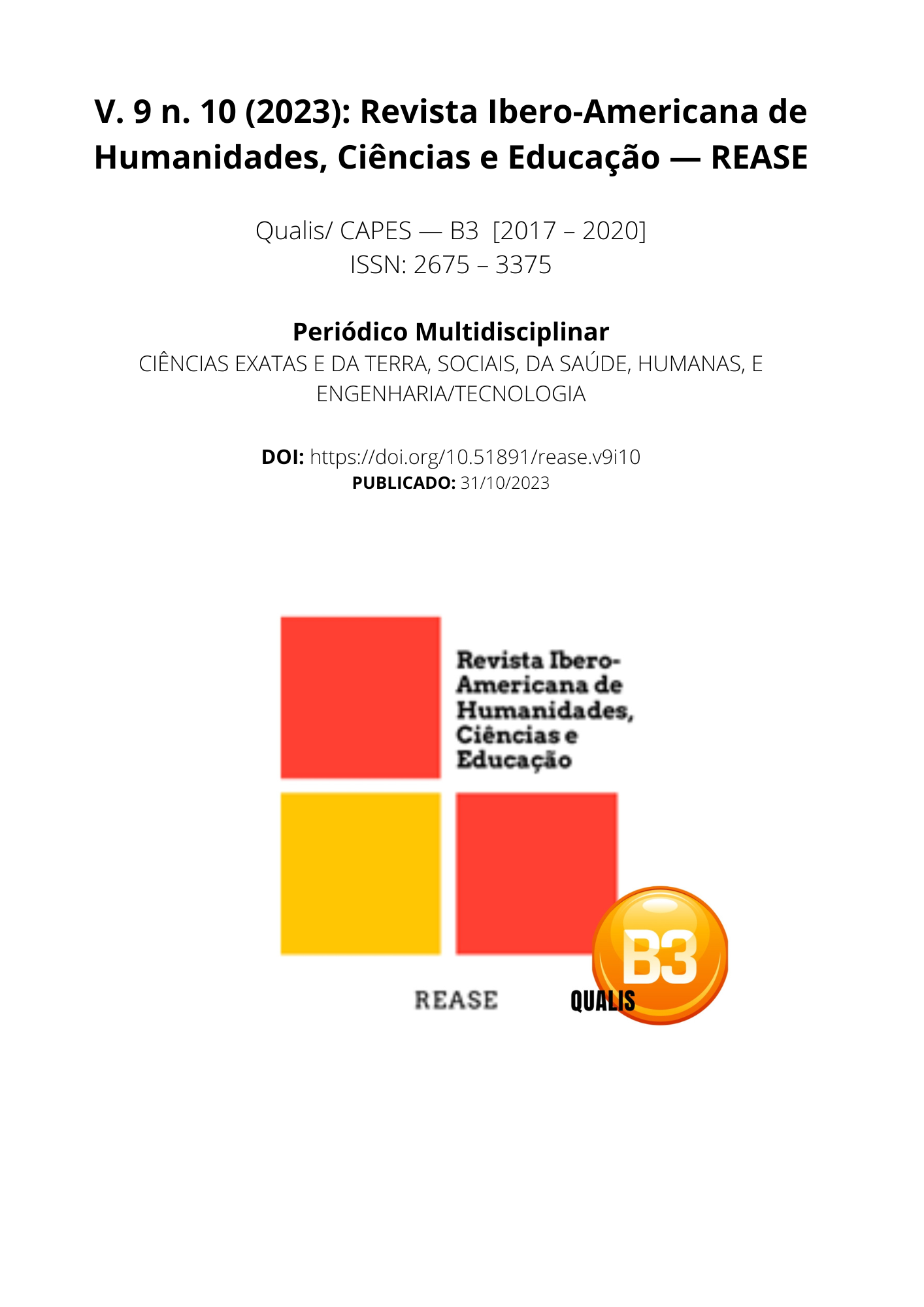EXTRAJUDICIAL USUCAPIÃO: GENERAL ASPECTS OF THE PROCEDURE OF LEGITIMATION OF REAL ESTATE PROPERTY INTRODUCED BY LAW 13.465/2017
DOI:
https://doi.org/10.51891/rease.v9i10.12151Keywords:
Usucapião Extrajudicial. Conselho Nacional de Justiça. Efetivação.Abstract
For many years, adverse possession proceedings were presented as one of the most difficult special procedures presented by the Code of Civil Procedure (1973). With the arrival of the NCPC (2015), there is a new scenario for real estate regulation. This out-of-court process is more uncomplicated and faster than an adverse possession lawsuit, as adverse possession lawsuits drag on for years. Article 216-A of the NCPC introduced into the Public Registry Law, the application of the extrajudicial procedure. This innovation granted a new wording to the aforementioned article through Law 13,465/2017. The CNJ (National Council of Justice), then, through Provision No. 65, drew up guidelines and regulated the procedure in the notary offices. Thus, extrajudicial recognition has become one of the most important innovations that has been introduced in Brazilian Real Estate and Registry Law, since the entry into force of the changes in the Civil Code. The purpose of this article is to analyze the efficiency and feasibility of regularizing a property through extraordinary usucaption. To this end, bibliographical research in books, website content, scientific articles and laws was used as a methodology.
Downloads
Downloads
Published
How to Cite
Issue
Section
Categories
License
Atribuição CC BY

